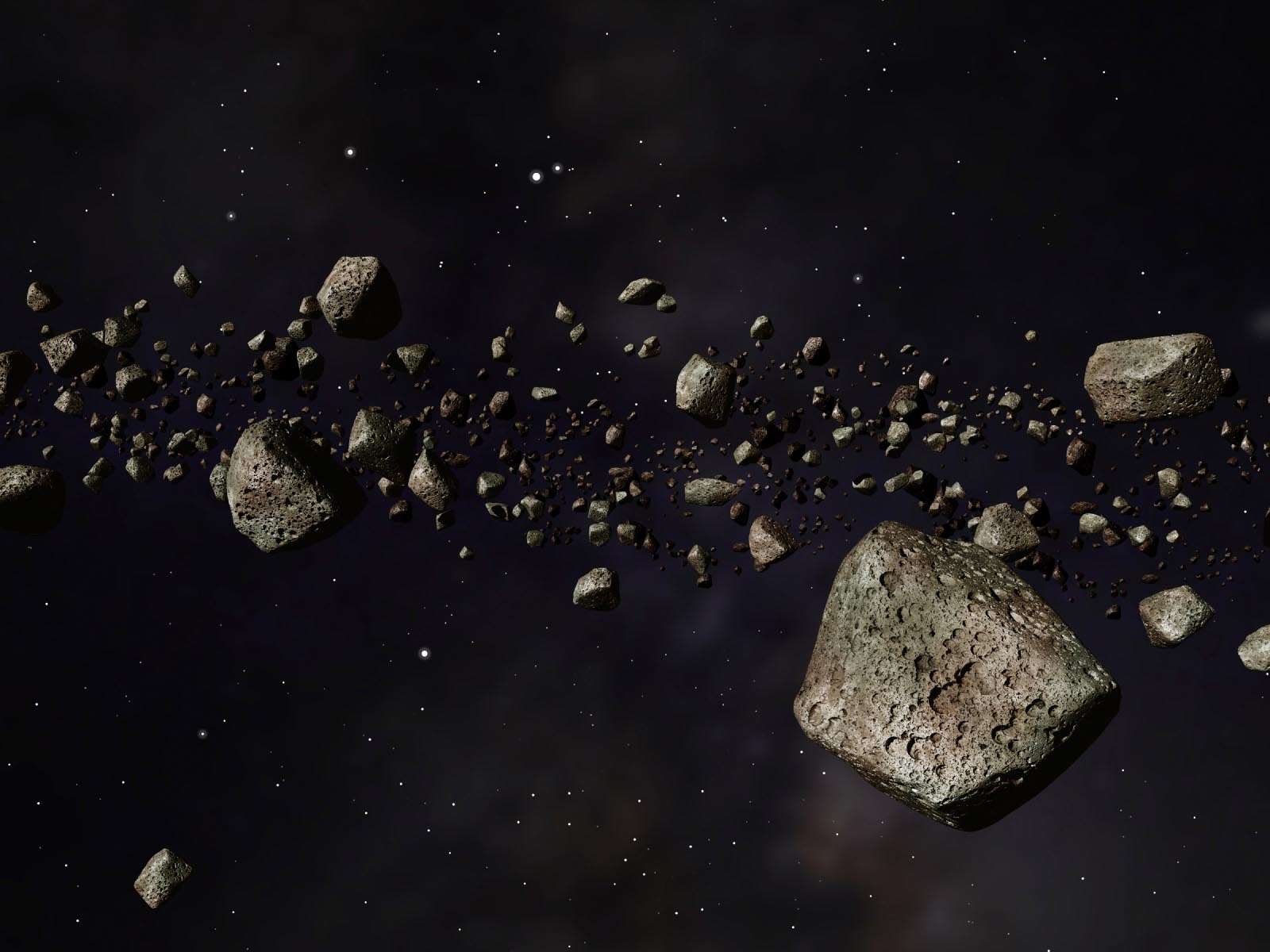An application developed by NASA and asteroid mining hopeful Planetary Resources is being made available free to amateur astronomers and citizen scientists to help them discover new asteroids.
The application is based on an algorithm developed as part of a NASA challenge and can be used on any basic Windows or Mac computer. An Ubuntu version is also on the cards.
"Amateur astronomers may take images from their telescopes and analyse them with the application," Planetary Resources said.
"The application will tell the user whether a matching asteroid record exists and offer a way to report new findings to the Minor Planet Centre, which then confirms and archives new discoveries."
The fundamentals of asteroid detection have changed little since before Pluto was discovered in 1930, the company said.
"Astronomers find asteroids by taking images of the same place in the sky and looking for star-like objects that move between frames," it said.
What has changed is the number of telescopes scanning the sky. These telescopes produce a volume of data that "makes it impossible for astronomers to verify each detection by hand".
"This new algorithm [and software application] gives astronomers the ability to use computers to autonomously and rapidly check the images and determine which objects are suitable for follow up, which leads to finding more asteroids than previously possible," Planetary Resources said.
The algorithm upon which the application is based came out of the Asteroid Data Hunter challenge, which was announced at 2014's influential South by Southwest Festival.
Forming part of the wider NASA's Asteroid Grand Challenge, the data hunter portion offered US$55,000 awards "for participants to develop significantly improved algorithms to identify asteroids in images captured by ground-based telescopes".
Several solutions came out of that process, and NASA and Planetary Resources stitched those together to produce the free desktop application.
"The winning solutions of each piece of the contest combined to create an application using the best algorithm that increased the detection sensitivity, minimised the number of false positives, ignored imperfections in the data, and ran effectively on all computer systems," Planetary Resources said.
Jason Kessler, program executive for NASA's Asteroid Grand Challenge, said the contest had succeeded in helping NASA create "non-traditional partnerships" with the space enthusiast community.
"The Asteroid Data Hunter challenge has been successful beyond our hopes, creating something that makes a tangible difference to asteroid hunting astronomers and highlights the possibility for more people to play a role in protecting our planet," he said.
Replacing humans
Participation in image identification projects is traditionally a key avenue for people to get involved in citizen science.
However, the advent of tools such as the one created by NASA and Planetary Resources points to a trend away from using humans for this task in future.
Author and citizen science curator, Chandra Clarke, told students at the University of Miami late last year that citizen scientists and astronomers that put their time into identifying objects from images were likely to suffer what she called "click fatigue" at some point.
"You have to be a pretty hardcore nerd to want to stick with a lot of these projects for the long term because they are a lot of grunt work," she said.
"There's only so many images you want to flick through over time to identify this kind of stuff.
"There's enough variety of these projects that you can skip from project to project and so help out that way and contribute quite a number of hours, but at a certain point you're going to get tired of even doing that."
In any event, Clarke believed the days of these types of citizen science projects were numbered.
"That kind of project is eventually going to be replaced by computer processing," she said.
"The reason why we're not doing it by computer right now is because humans are still much better at image recognition but big companies are starting to throw barrels of money at that problem.
"These types of projects won't be on the horizon, say, [in] five years - ten on the outside."
Clarke is, however, an advocate for the ongoing role of citizen science. She first got into it via space advocacy, including early projects that asked citizens to identify craters on Mars.
"I got into it in part to find out how can we make more people comfortable with science," she said.
"If you have people actively involved in science projects, how much does that impact their fear, their understanding [and] comfort level [with science and technology], and how do we measure those kinds of things?
"I don't think we've had a really good conversation about that yet and what that means."









